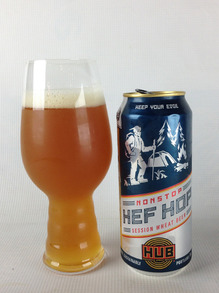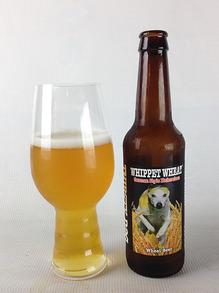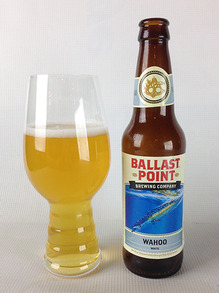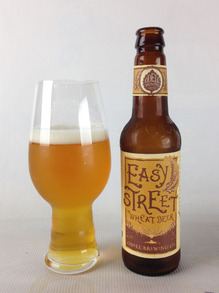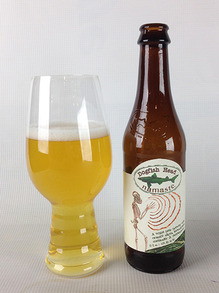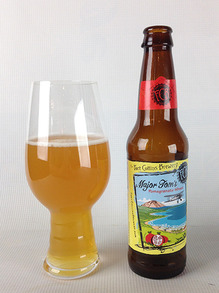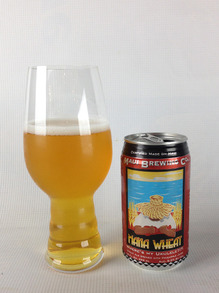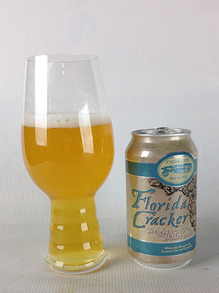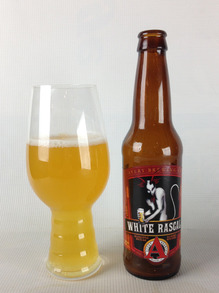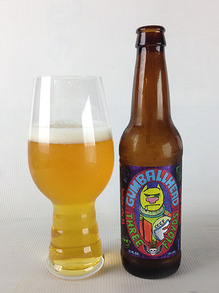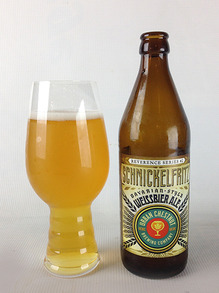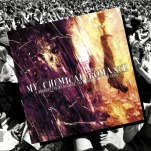Tasting and Ranking 39 of the Best American Wheat Beers
American-made wheat beers from hefeweizen to Belgian wit
Photos by Becky DelawareAs an overarching label, “wheat beer” can mean an awful lot, and this is likely something that craft beer drinkers who are just beginning to explore the world of beer wouldn’t fully understand. Ultimately, all the term “wheat beer” really implies is a brew where more than 50 percent of the fermentables are derived from malted wheat, although some also make use of unmalted wheat, which delivers a subtly different profile. But beyond that, there are a plethora of styles: American pale wheat. Hefeweizens, both American and German in style. Belgian wits. Berliner weisse. Gose. The list goes on.
All of these styles are popular in the United States, where wheat ales (and even some lagers) have been standard bearers for the craft beer movement for decades. Many drinkers who today explore the extremes of the style first found their way into the world of craft beer through a pint of American pale wheat down at the neighborhood brewpub, or even an artificial, fruit-flavored abomination like Blue Moon. If I’m being honest, I can admit that Blue Moon was probably my own “gateway beer” as a college student, the first thing I tasted that made me realize that there were other facets to beer beyond Bud, Miller and Coors. I may not drink the likes of Blue Moon today, but I can’t deny that on some level, I’m indebted to it.
In organizing our own tasting of wheat beers, we had to decide which substyles were fair to compare. Rather than put on a tasting of simply American pale wheats, hefeweizens or Belgian wits, all of which seemed a bit boring, we therefore decided to combine those three substyles and simply rate them all on how strong an example of their particular style they proved to be. The results of the 39 beers tasted were intriguing.
Rules and Details
- The 39 beers were tasted over the course of two days. Yes, some of the ones you would want to see are missing. Sorry. We got what we could get, as always.
- Tasters included beer writers and professional brewers. Superior glassware is from Spiegelau.
- Styles included were American pale wheat (with or without adjuncts), hefeweizen and Belgian wit. Styles not included were Berliner weisse and gose, as we were attempting to exclude tart brews from this particular sample. Berliner weisse and gose will be included in future tastings.
- Beers were judged on how exemplary they were in their own style, and given 1-100 scores.
- ABV was capped at 7%, the top limit via BJCP for both American wheat and Belgian wit.
The Field: Beers #39-21
During our blind-tasting of 116 American IPAs, we came to the decision that these lists are truly about celebrating the best possible examples of a style, not condemning small breweries for beers that may have had something go wrong. Therefore, we’re once again not going to name a “worst” of the pack, because it would simply be mean spirited and not accomplish anything. Besides, we liked most of these beers—in the entire field of 39, there were probably only two or three that were strongly disliked. The field, #’s 39 to 21, are listed below in alphabetical order. They are not ranked.
Alaskan Brewing Co. White
Ale Asylum Unshadowed Hefeweizen
Angel City Brewery West Coast Wheat
Boulevard Brewing Co. Wheat
Cigar City Brewing Tropical Heatwave
Dryhop Brewers Gorilla Meets Hippie
Eagle Creek Brewing Co. Grass Roots Lemon-Lime Hefeweizen
Funky Buddha Brewery Floridian Hefeweizen
Gordon Biersch Hefeweizen
Great Northern Brewery Co. Wheatfish Lager
Harpoon Hefeweizen
Harpoon White Ale
New Belgium Brewing Co. Snapshot Wheat
New Belgium Brewing Co. Sunshine White Ale
Red Brick Brewing Co. Hibiscuit
Red Hare Brewing Whabbit Wheat
Rogue Pumpkin Savior
Starr Hill Brewery The Love Hefeweizen
West Sixth Lemongrass American Wheat
Next: #’s 20-1, a winner is crowned
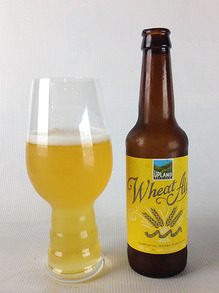 20. Upland Brewing Co. Wheat Ale
20. Upland Brewing Co. Wheat Ale
City: Bloomington, IN
ABV: 4.5%
Key ingredient: Coriander, chamomile
The verdict: Upland’s flagship beer is a little odd in the sense that it’s labeled “wheat” but doesn’t really mention anywhere on the label that it’s a Belgian wit in style, which means it could take you by surprise. Light wheat graininess is chased by some lemony citrus and notable coriander notes—there’s even an unusual spiciness that almost suggests cinnamon, which isn’t something that popped up in any of the other Belgian wits. This one likely earned a couple extra points for being memorably distinct.
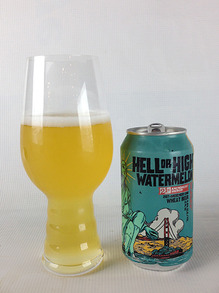 19. 21st Amendment Hell or High Watermelon
19. 21st Amendment Hell or High Watermelon
City: San Francisco, CA
ABV: 4.9%
Key ingredient: Fresh watermelon
The verdict: It’s easy to understand why any given person would love or hate this beer—no matter the setting, it’s going to be divisive, because it’s so, so unusual. Your enjoyment of it will be entirely determined by how much you appreciate the presence of the odd watermelon flavor. Because that’s what it tastes like—a big, fresh slice of juicy watermelon, with a bit of creamy wheat. Like watermelon? Then perhaps you’ll like this, although you’ll still have to jump the mental hurdle of getting an aroma from the glass that you probably didn’t expect. But under any circumstances, you’d better know that you’re tasting Hell or High Watermelon when someone hands you the glass, or you’re liable to spit it out, thinking someone is trying to poison you. With a bit of forewarning, however, it can be surprisingly enjoyable.
 18. Revolution Brewing Bottom Up Wit
18. Revolution Brewing Bottom Up Wit
City: Chicago, IL
ABV: 5%
Key ingredient: Prudently applied orange peel and coriander
The verdict: A very classic, reverential take on Belgian wit that isn’t trying to reinvent the wheel but simply nail the historical style, Revolution’s Bottom Up doesn’t commit itself too forwardly to any particular flavor influence. Predominantly orangey and citric, with an undercurrent of prickly spice, it’s deceptively complex, with enough sweetness to lend a little juicy oomph to the citrus flavors.
-

-

-

-

-

-

-

-

-

-

-

-

-

-

-

-

-

-

-

-

-

-

-

-

-

-

-

-

-

-

-

-

-

-

-

-

-

-

-

-

